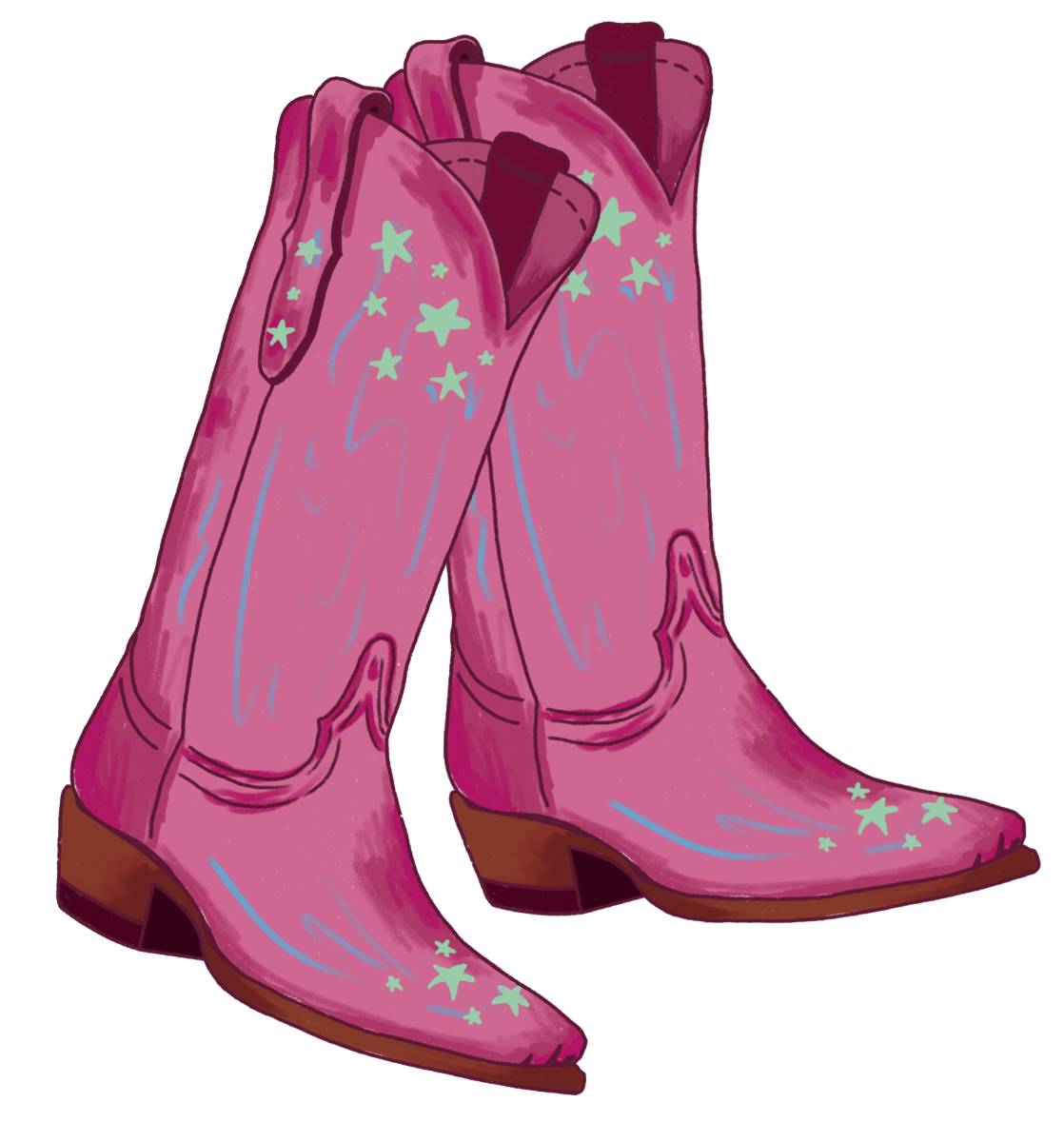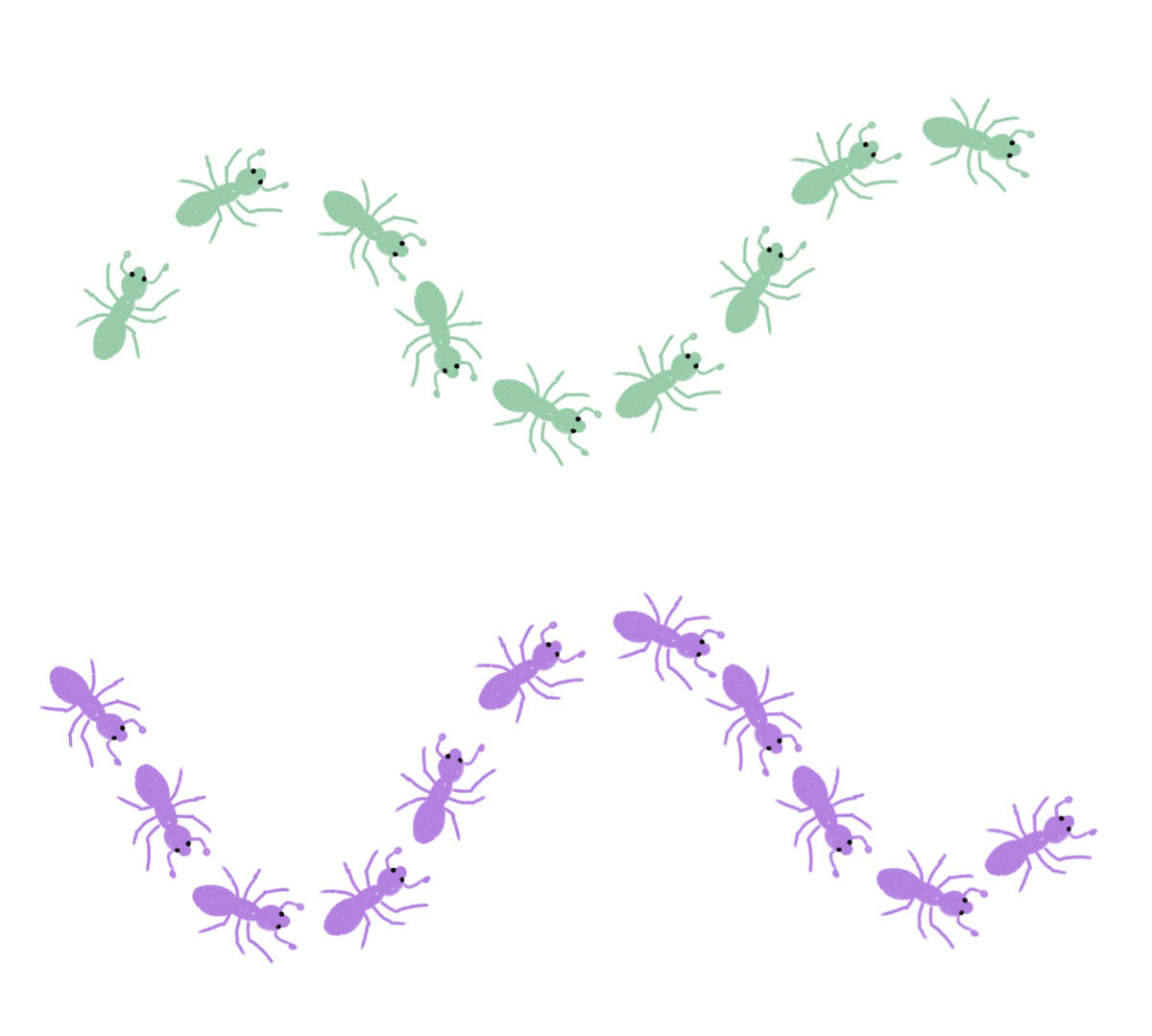LASA High School has welcomed new chickens to the Raptor family that are a unique breed named silkies originating from East Asia. The flock now lives in a pen in the LASA courtyard, offering a mix of education and enjoyment for the school community.
Junior Josie Bednar is the co-vice president of the Chicken Club, hosted by chicken caretaker and LASA chemistry teacher Shontel Willie. Bednar described how her love for the club grew from her friends’ passion for chickens. With time, she herself eventually also became deeply involved in the care of the flock.
“I think it’s wonderful that our school can have these pets,” Bednar said. “Plus, we are the Raptors, and chickens are basically dinosaurs.”
Junior co-president Lyra Siano started the initial discussion of bringing Silkies to campus. Siano has been raising Silkies as pets for years. Even though they are delicate and more prone to heat stroke compared to other breeds, she believes their docile nature and soft feathers make them the ideal addition to the school’s flock.
“Silkies are my favorite chickens,” Siano said. “They are originally from China, and their fluffy, feathered appearance makes them look like teddy bears.”
Junior Rebecca Van Bavel, another co-president, shared that her experience raising chickens began during the pandemic. To her, the Silkies’ appearance make them unique and she noted that their feathers lack the barbs other chickens typically have, giving them their fluffy look.
“They can’t see very well because they’re so fluffy,” Van Bavel said. “But they’ve figured out how to navigate their coop now.”
While the chickens may seem like simple creatures, according to Bednar, they take a lot of effort. Regardless of the challenge it takes to teach the chickens new skills, Bednar explained that she enjoys watching them struggle and preserve past their agility-related skills.
“They are so dumb.” Bednar said. “I love them, but they are just stupid. It was very difficult to teach them to walk up and down the stepladder into and out of their hutch, but they’re doing it now.”
According to Bednar, caring for the Silkies has come with new structural challenges. The most difficult part has been building a new coop to keep the chickens safe from raccoons, a problem that led to the loss of previous chickens.
“The most challenging part was building the new coop,” Bednar said. “Seeing as it took a lot of authorization and money and man hours to create it.”
Siano stated that the Chicken Club hopes to expand the flock even further. She explained that the Chicken Club is enthusiastic about adding more chickens, perhaps even different breeds. However, the Silkies have now settled in their new home at LASA. Bednar mentioned the chickens can now offer joy and interest to the students who pass by the courtyard.
“It’s been really rewarding seeing them thrive and their new environment,” Van Bavel said.








